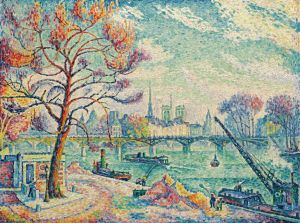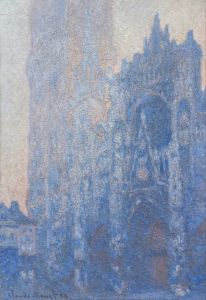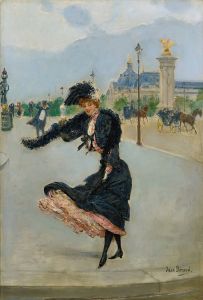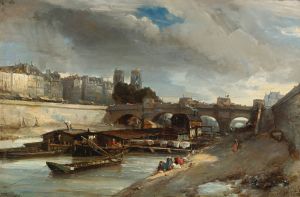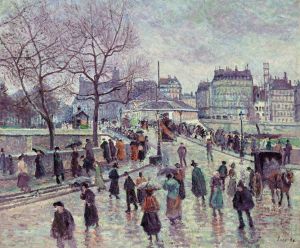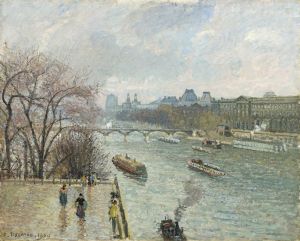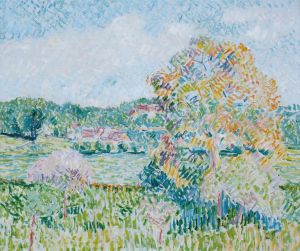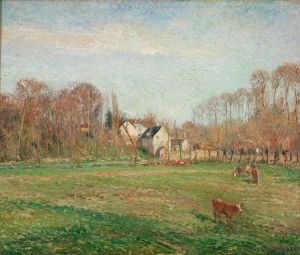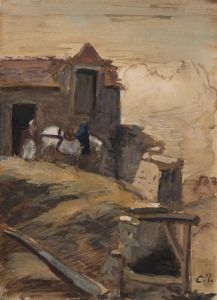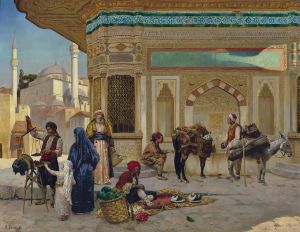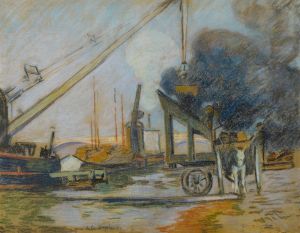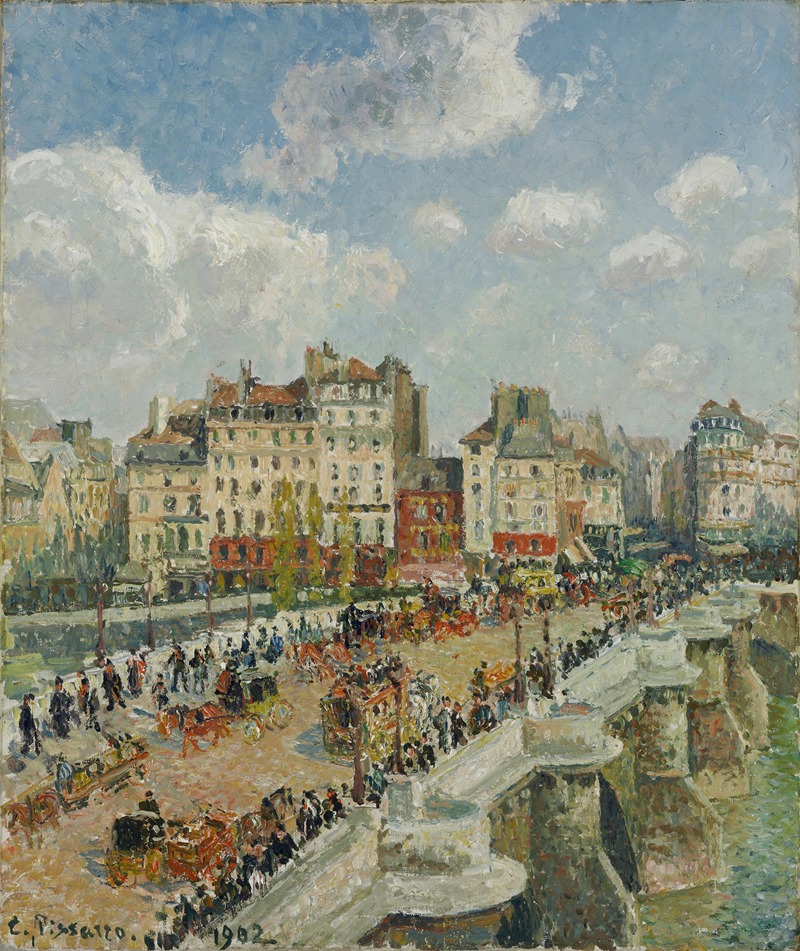
The Pont-Neuf
A hand-painted replica of Camille Pissarro’s masterpiece The Pont-Neuf, meticulously crafted by professional artists to capture the true essence of the original. Each piece is created with museum-quality canvas and rare mineral pigments, carefully painted by experienced artists with delicate brushstrokes and rich, layered colors to perfectly recreate the texture of the original artwork. Unlike machine-printed reproductions, this hand-painted version brings the painting to life, infused with the artist’s emotions and skill in every stroke. Whether for personal collection or home decoration, it instantly elevates the artistic atmosphere of any space.
"The Pont-Neuf" is a celebrated painting by the Danish-French Impressionist artist Camille Pissarro. Completed in 1902, this work is part of Pissarro's series of paintings depicting urban scenes in Paris, a city that fascinated him throughout his career. Pissarro, known for his keen observation of everyday life and his innovative use of color and light, captures the bustling activity of one of Paris's most famous landmarks, the Pont Neuf, the oldest standing bridge across the river Seine.
The painting is executed in oil on canvas, a medium Pissarro frequently employed to achieve the rich textures and vibrant colors characteristic of his work. Measuring approximately 73.7 cm by 92.1 cm, "The Pont-Neuf" is a testament to Pissarro's mature style, where he skillfully blends elements of Impressionism with a more structured composition, reflecting his interest in capturing the dynamic energy of urban life.
In "The Pont-Neuf," Pissarro presents a lively scene filled with pedestrians, horse-drawn carriages, and the architectural grandeur of the bridge itself. The painting is notable for its perspective, which offers a sweeping view of the bridge and the surrounding cityscape. Pissarro's use of light is particularly striking; he captures the play of sunlight on the stone bridge and the shimmering reflections on the Seine, creating a vibrant and atmospheric depiction of Paris.
Pissarro's choice of subject matter reflects his fascination with modernity and the transformation of Paris during the late 19th and early 20th centuries. The Pont Neuf, with its historical significance and central location, serves as a symbol of the city's enduring vitality. By focusing on this iconic structure, Pissarro not only documents a specific moment in time but also explores broader themes of change and continuity in the urban environment.
The painting is part of a larger body of work in which Pissarro explored the theme of urban life. Throughout his career, he painted numerous scenes of Paris, capturing the city's streets, boulevards, and public spaces with a distinctive blend of realism and impressionistic flair. His urban scenes are characterized by their attention to detail and their ability to convey the rhythm and pace of city life.
"The Pont-Neuf" is housed in the collection of the National Gallery of Art in Washington, D.C. It remains an important example of Pissarro's contribution to the Impressionist movement and his ability to capture the essence of modern life through his art. The painting continues to be celebrated for its dynamic composition, masterful use of color, and its insightful portrayal of one of Paris's most enduring landmarks.
Camille Pissarro's work, including "The Pont-Neuf," has had a lasting impact on the art world, influencing subsequent generations of artists. His ability to depict the vibrancy of urban life with sensitivity and precision has ensured his place as a key figure in the history of Impressionism.





